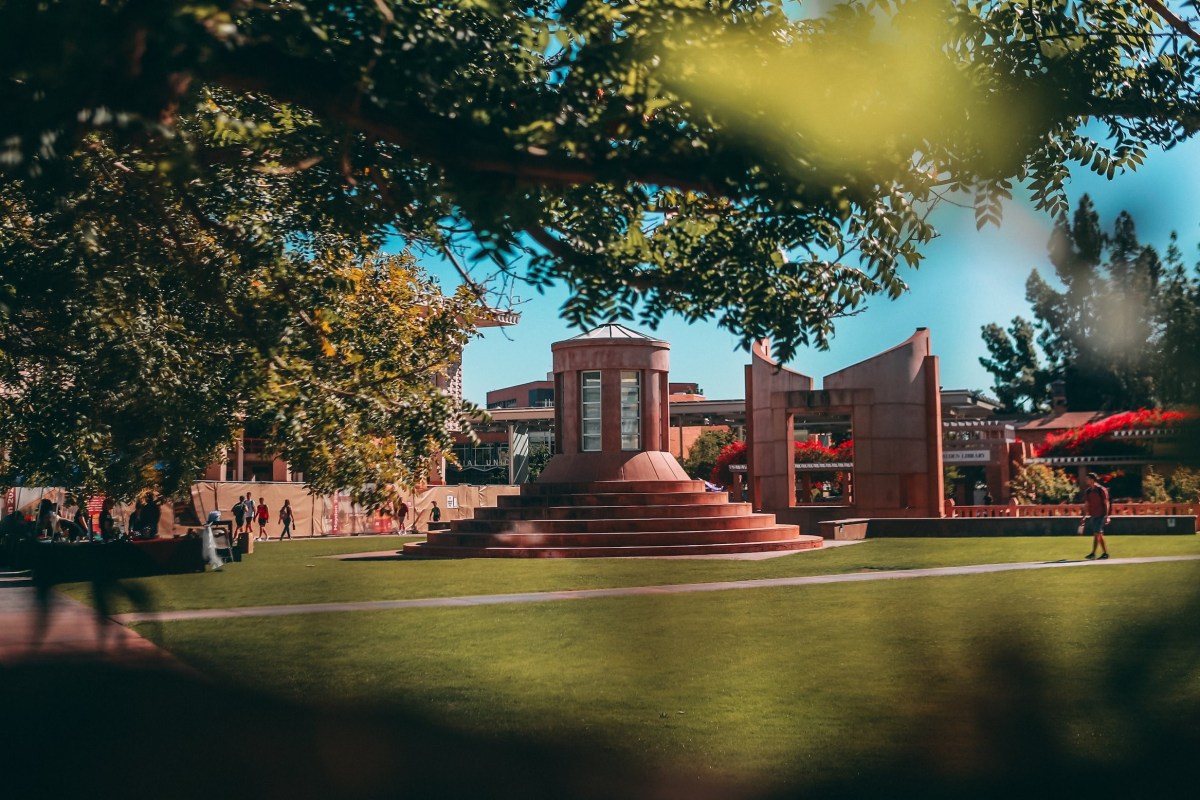Does the building where you spend most of your time have any impact on climate change? It’s not unheard of to hear about existing buildings getting a green roof added, or for facilities under construction to have a zero-emissions goal from the outset. This often comes up in conversation around corporate offices and residential spaces — but it’s also a debate that colleges and universities are innately involved with.
In 2021, Arizona State University reached its goal of becoming carbon neutral six years ahead of schedule. The university did this despite increasing its amount of building space and the number of students on campus — no small accomplishment.
Arizona State is one of several colleges and universities profiled in a new Washington Post article for their work in making their campuses more sustainable. The sizes and locations of the institutions profiled are wildly different — and to look at the signatories of an agreement from the organization Second Nature, which focuses on different aspects of sustainability, shows an even broader array of schools involved.
If there’s one thing that they have in common, though, it’s a sense of innovation. The Post article describes Ohio State’s efforts in composting food waste, for instance, which has both cut emissions and saved the university money. That’s not far removed from the University of Iowa’s decision to use oat hulls as a power source for the university.
The Ohio State University Just Trademarked the Word “THE”
The trademark only applies to merchandise for the school, but social media had thoughtsReading about climate change can prompt plenty of existential despair. One of the benefits of reading about cases like these, though, is getting a better sense of what might be possible — and what other schools and companies might be able to adapt to their own uses.
Thanks for reading InsideHook. Sign up for our daily newsletter and be in the know.


















